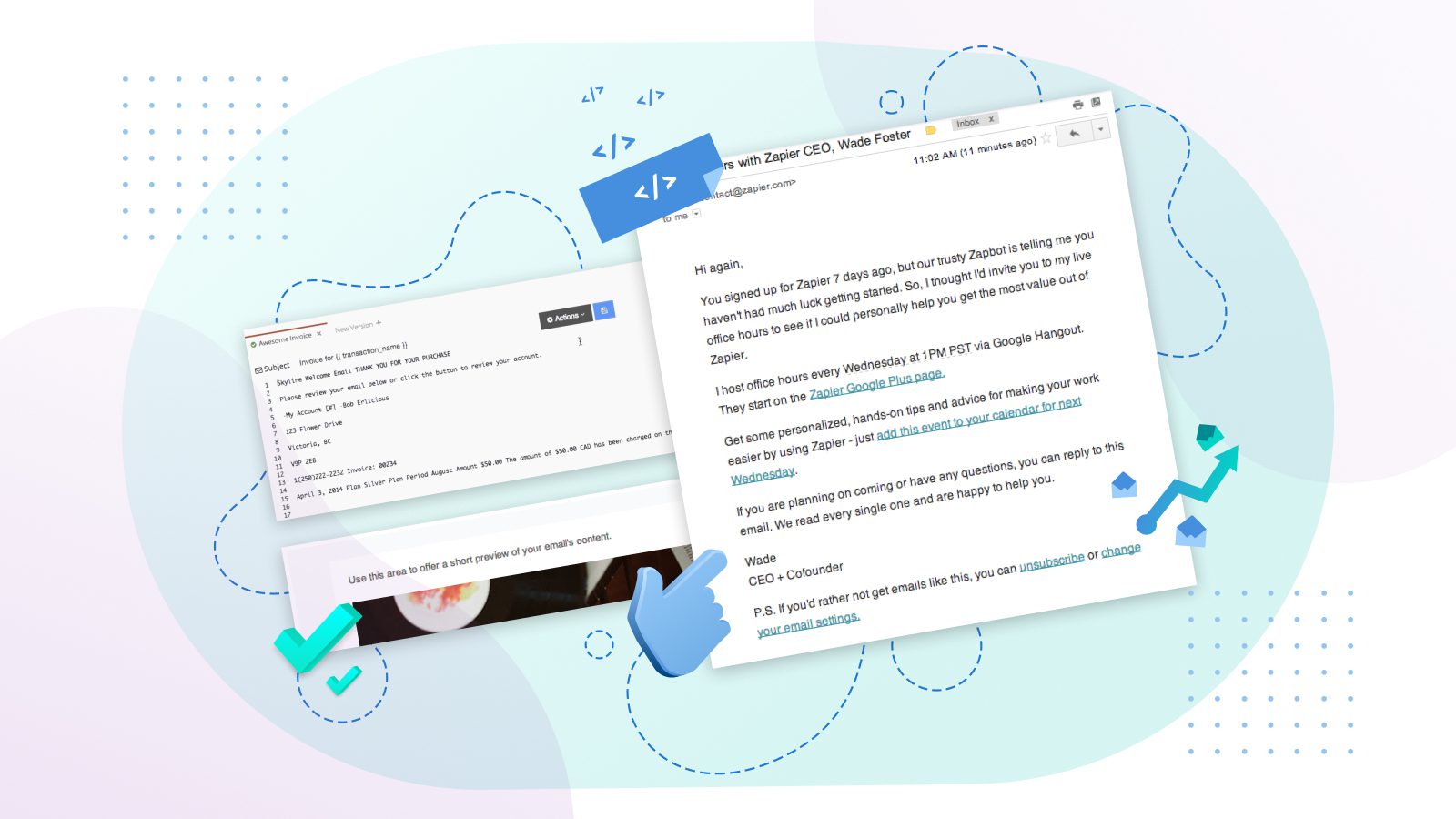Is there a deliverability risk associated with sending HTML email instead of just plain text email?
We’ve alluded to this debate before, and recently, we wrote a whole blog post on HTML vs. plain text email. TLDR: There are a couple instances when plain text emails win out, but on the whole, we recommend HTML emails — with the stipulation that you should test both.
The reason for that stipulation, however, is more about your subscribers’ preference than email deliverability…
Does plain text email really have 100% deliverability?
There is no email client in the world that cannot open a plain text email. So there’s that. But 100% deliverability is a bit misleading. I can assure you there are plenty of plain text emails in my spam folder right now.
Of course, you’re not sending actual spam emails (you wouldn’t do that, right?), and there are only so many ways you can verify email addresses, so there are really two issues to focus on:
- Would my users prefer plain text?
- How do I keep my HTML emails from triggering filters?
Do the people want plain text emails?
There are a couple of circumstances where it makes sense to use plain text as an aesthetic decision. Sometimes you want to follow up with a user in a personal way, while still automating the process for timeliness.
Here’s a great example from our friends at Zapier:
Even simple emails like this, though, often contain a bit of HTML — either for formatting links or to load a tracking pixel. But no email filter is going to use the existence of that small amount of code as a reason to flag the email as spam. Derek Halpern wrote a great post on testing what he called “simple vs. fancy” for the mailing list at DIYThemes.
So do you want simple or fancy?
Fancy, obviously — but how do you do fancy, not flagged?
The short version is pretty simple: Write like a human. Ask yourself, “Would this look at home on a Geocities page circa 1997?” And go from there. Scrolling text, word-art, code generated from Microsoft Word — any of these things can get you targeted by an email filter and, frankly, it’s no surprise they do.
Include a plain text email alternative
Most email template builders allow you to generate and include a plain text version of the email. This is considered a crucial factor for accessibility, and thus deliverability (you can read more about the importance of email accessibility here). And in our no-code modular editor, it’s just a couple of clicks away:
Mind the plain text email preview
Most email clients will pull the first text outside of a tag and use it for a preview of the email.
A lot of templates include a dedicated space for this preview text, known as the preheader, and it’s often populated with placeholder copy. If you’re using such a template, I suggest you make it a top priority to replace this text. The chances of captivating any customer’s attention with text that reads, “Insert preview text here”, is slim to none. And again, this can hurt your deliverability.
Don’t overuse images
Gmail made the switch to automatically display images in emails some time ago (this was always an option, it just wasn’t the default). This increased their capacity to display images through their proxies. However, be warned this is not an invitation to turn entire emails into images.
A high image-to-text ratio is the most common cause of false positives in spam filters. Consider using an HTML button from our library of bulletproof email components. They’re more responsive, they look nicer, and they help keep that ratio in check.
Don’t send broken code
This seems like common sense, but you’d be surprised how often it happens. Always — and I mean always — check your code. Within both Dyspatch and Sendwithus, we use Litmus for testing to make sure every email renders properly on all email clients, devices, and settings (like dark mode, for example) before you press send. This ensures every subscriber has a positive experience when reading, and defends against the risk of them reporting you for spam.
Don’t come on too strong
If you didn’t grow up with commercials like the one above, they’re basically TV spam. The bottom line is that there are just some things that are never going to be legitimate…and statements like “Free Money” is certainly one of them. In general, it’s a good idea to avoid the language common to this kind of promotion.
There’s a great entry on HubSpot with a big collection of spammy words to steer clear of. But a good rule of thumb is to avoid making any kind of hyperbolic claim — the kind of phrases you might see on a bus stop bench or tacky billboard could very well put you in the danger zone.
Though it’s true, spam algorithms have moved away from keyword-based filters, it’s still a good idea to avoid “spam words”. After all, you don’t want to leave a bad impression on your subscribers. And you definitely don’t want them to mark your email as spam.
Plain text email deliverability: The bottom line
To sum things up, here are the key points to understand when it comes to email deliverability:
- While plain text email deliverability is strong, it’s not 100% guaranteed.
- User experience matters most: Ask yourself what format benefits your audience, and go from there.
- HTML emails that are well-crafted, properly coded, and put to the test will get delivered — and deliver results for you.
Originally published: September, 2014. Last updated: January, 2022.
